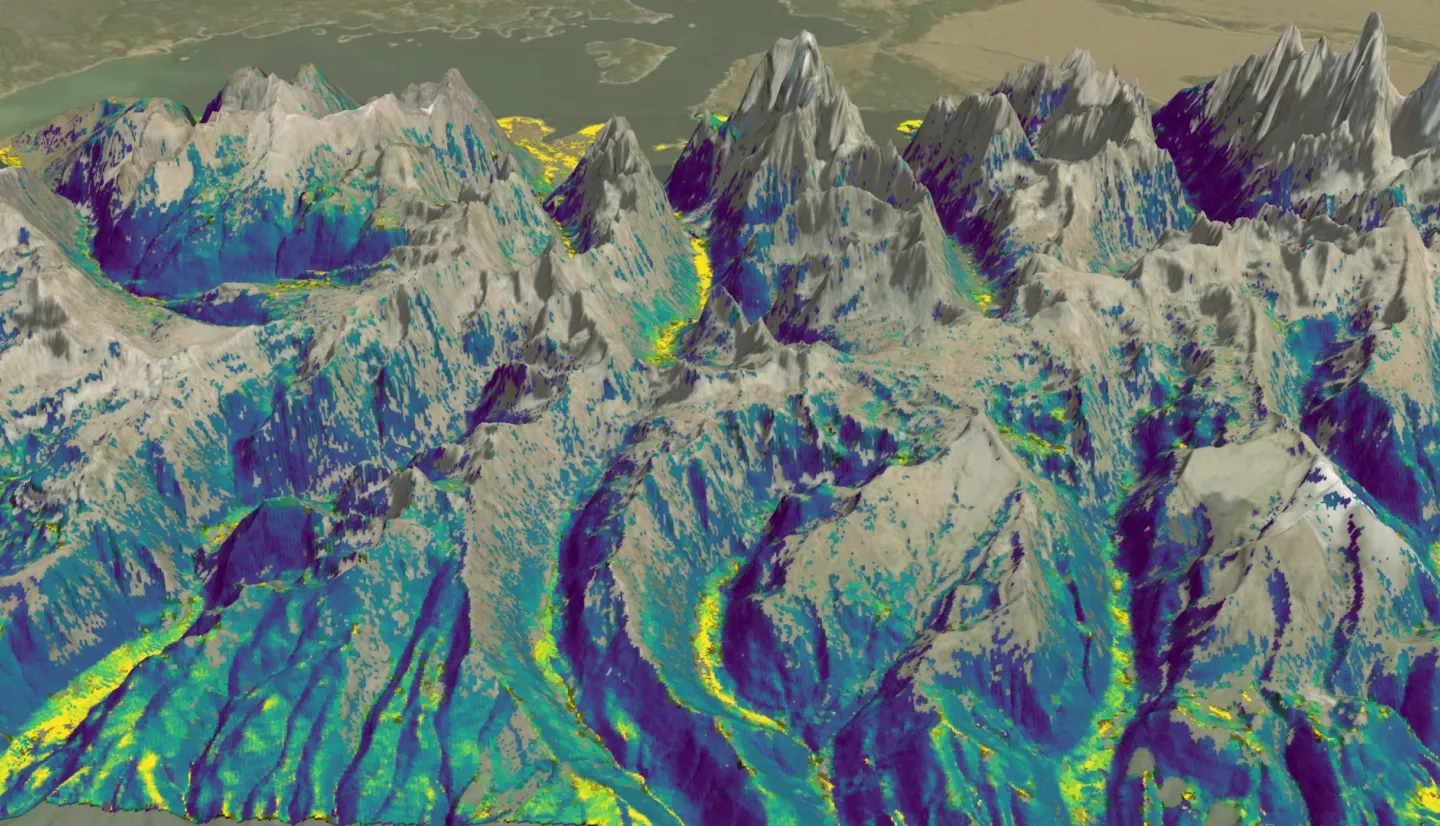Grand Teton Ecological Forecasting (Fall 2021)
Team: Alex Posen (Project Lead), Allyson Earl, Sarah Hettema, and Michael Hitchner
Summary: Grand Teton National Park provides habitat for a small native population of approximately 125 bighorn sheep (Ovis canadensis). The reduction in population of this species is attributed to loss of low elevation habitat, changing local environmental and climatic conditions, and increased disturbance from backcountry recreation. In response to these changes, this population of sheep employs a unique high-elevation wintering strategy in which they amass large fat stores in the summer and expend as little energy as possible in the winter while foraging on high elevation wind-swept and snow-free areas. For this project, DEVELOP partnered with Grand Teton National Park and used NASA Earth observations including Landsat 8 Operational Land Imager (OLI), Landsat 7 Enhanced Thematic Mapper Plus (ETM+), Landsat 5 Thematic Mapper (TM), and Terra Moderate Resolution Imaging Spectroradiometer (MODIS) snow cover data to assess habitat suitability. Landcover change analyzed between 1987 and 2020 indicated shifting trends in grass and forb cover and tree cover. These trends persisted in the 2031 prediction, with grass cover decreasing and tree cover increasing, which translates to a loss of overall favorable habitat for bighorn sheep. Snow cover analyzed between 2001 and 2020 indicated similar unfavorable trends for the sheep with a decrease in barren areas, important for winter foraging. Finally, habitat suitability was modeled for 2020 and predicted to 2031 to determine habitat gains and losses for this species across the landscape. Overall, the results predicted decreases in suitable habitat and indicated that while these sheep are highly adaptable, strategies to manage suitable bighorn habitat may need to be employed rapidly to effectively conserve this species.
